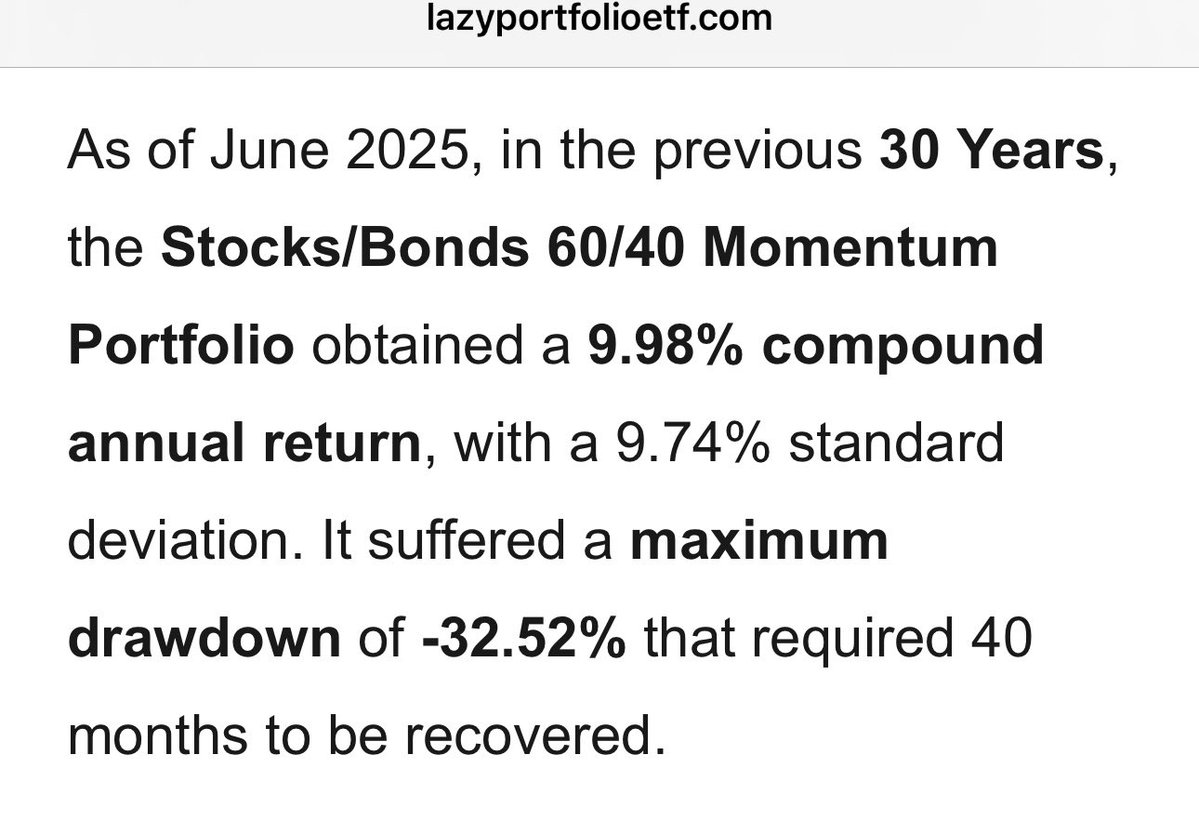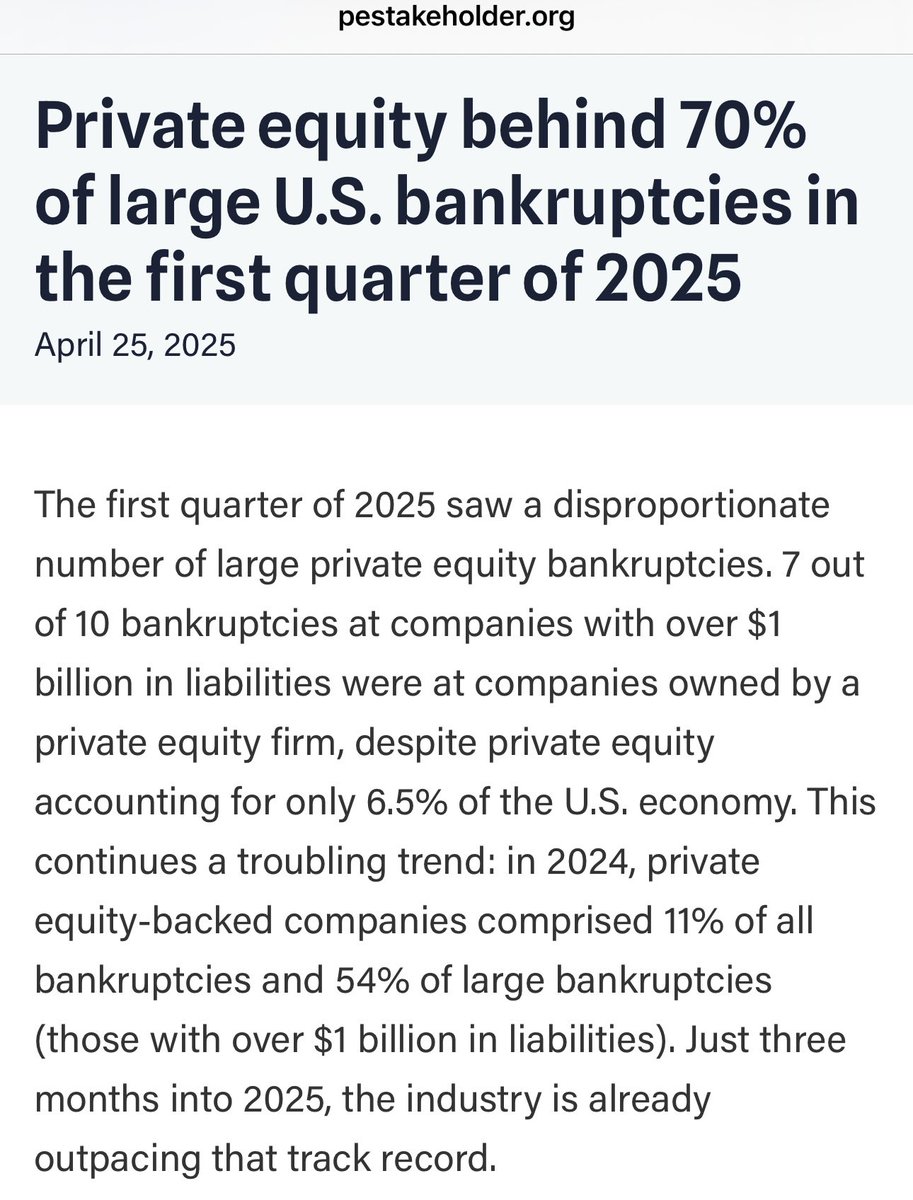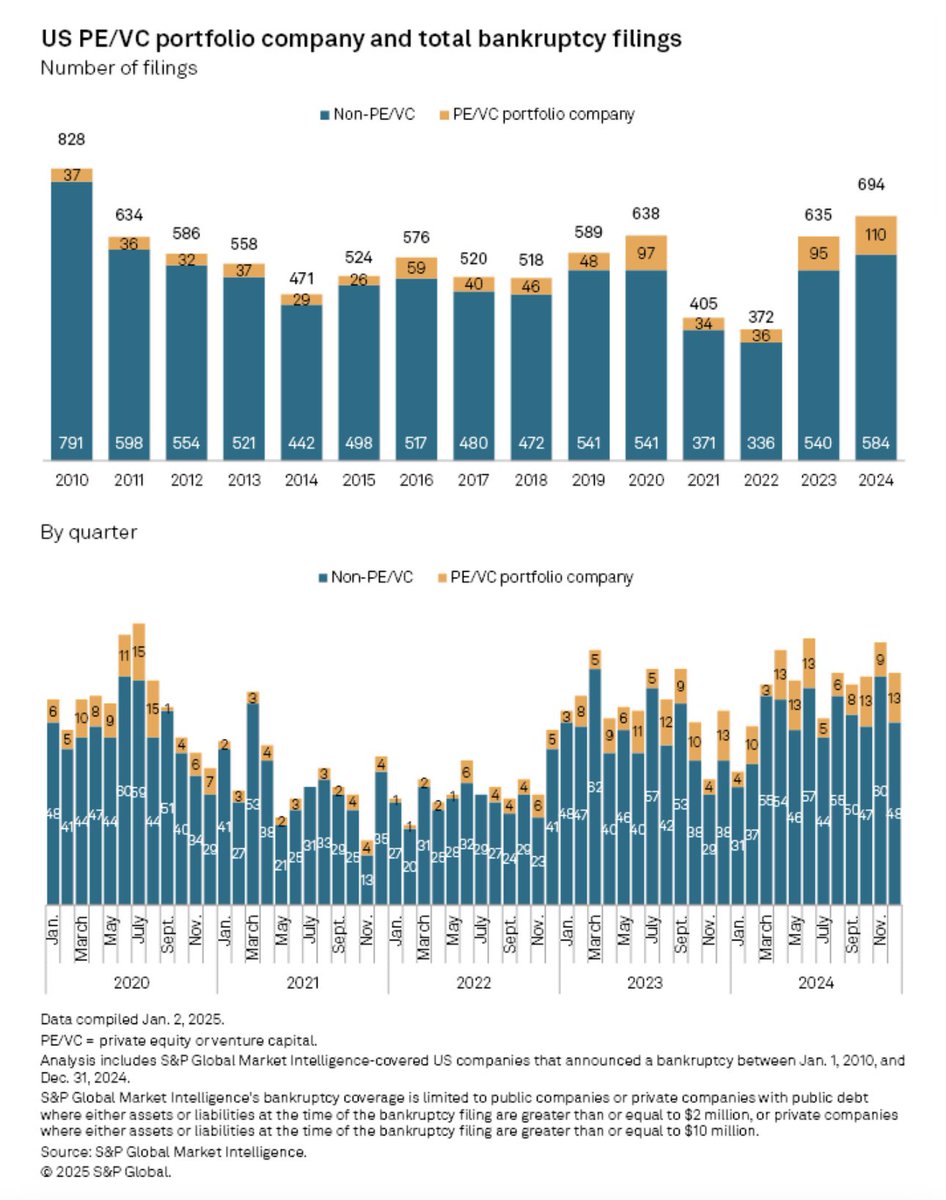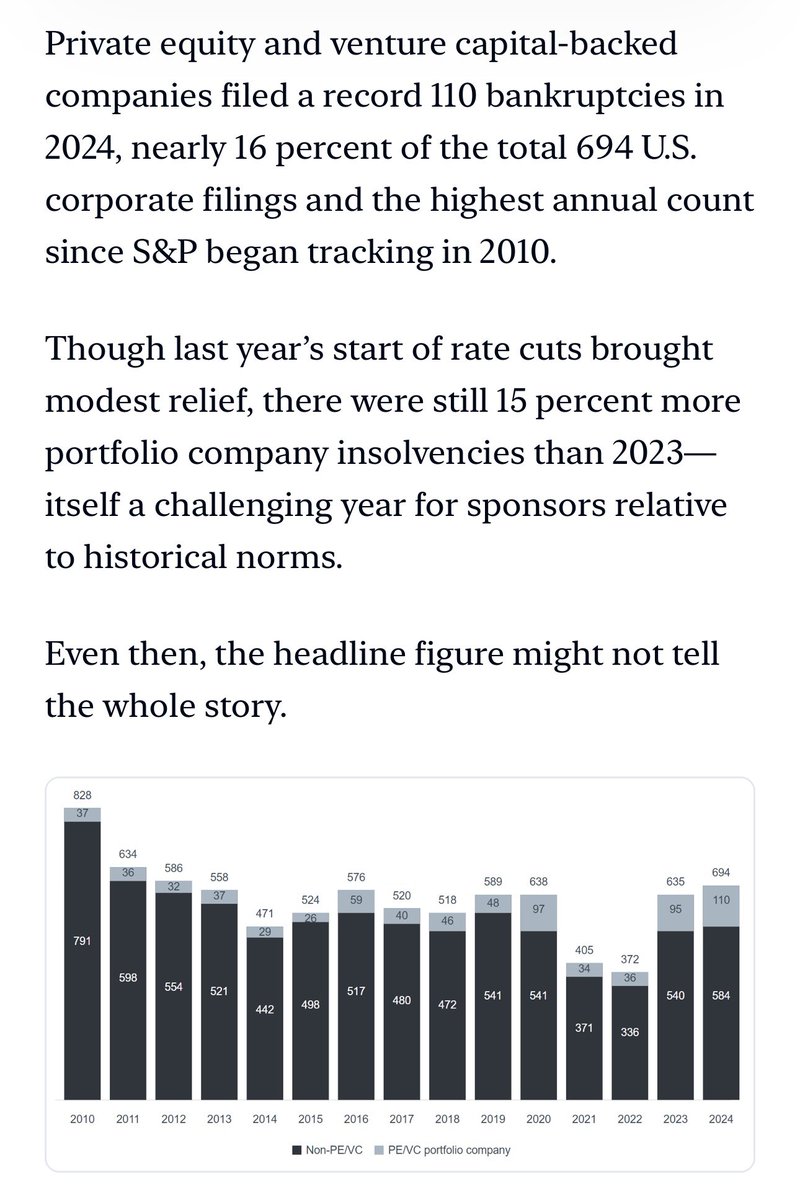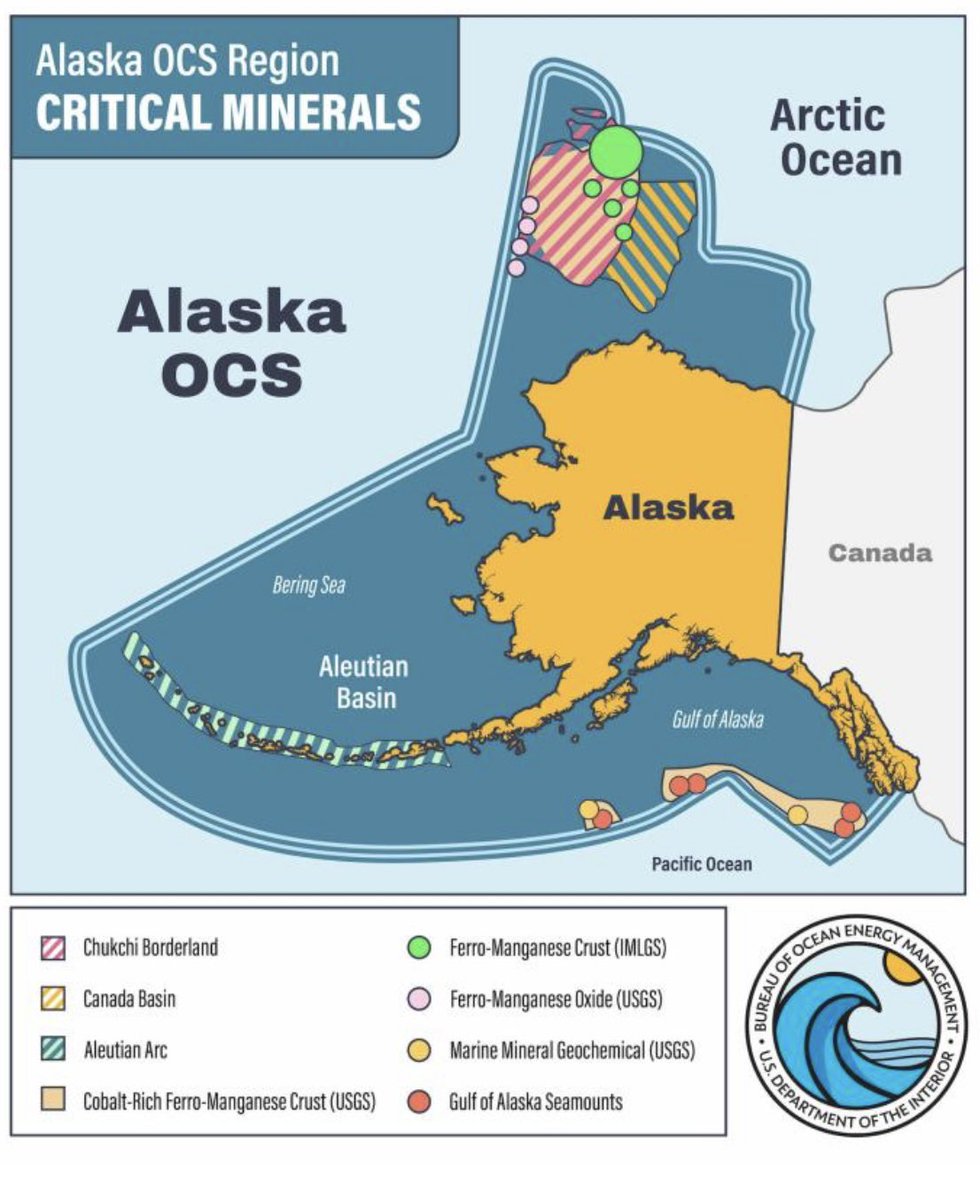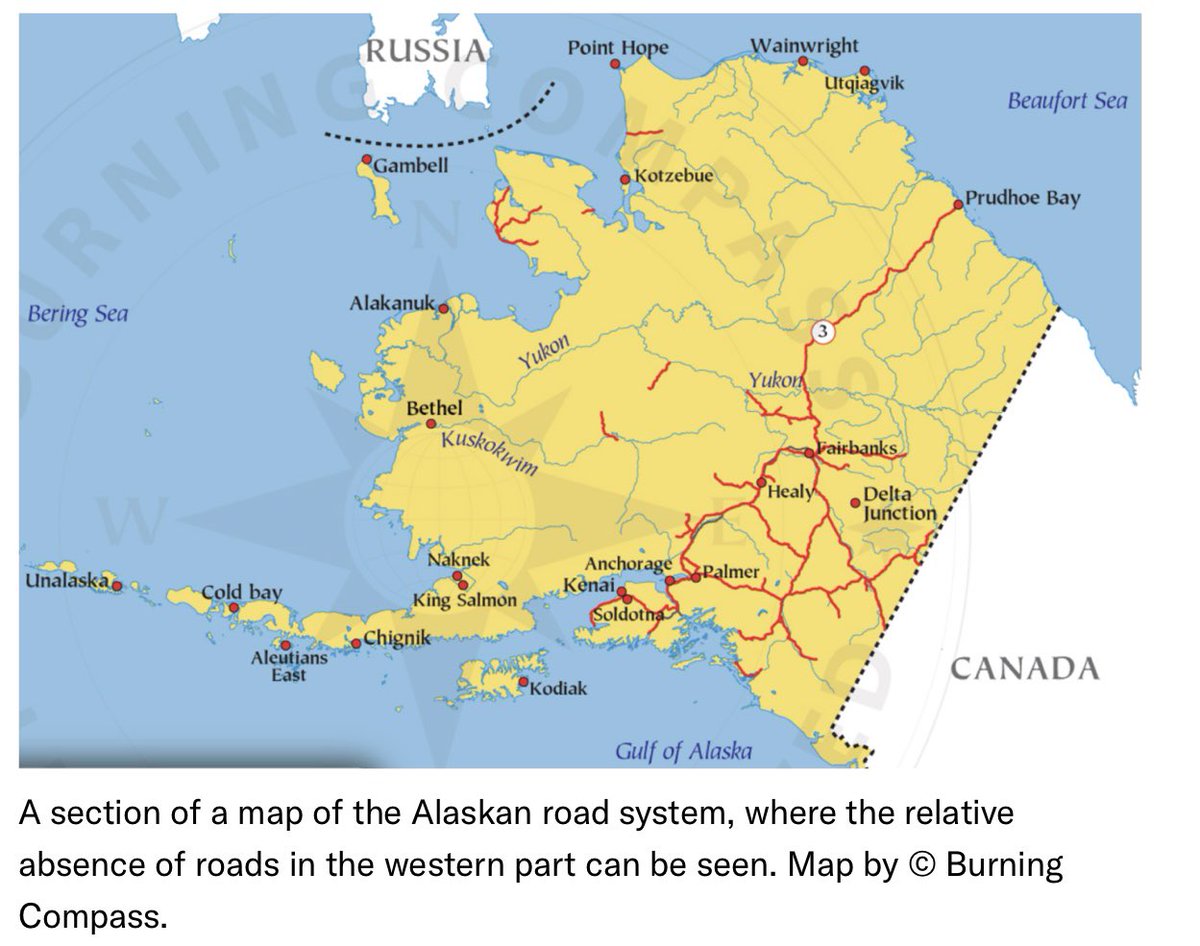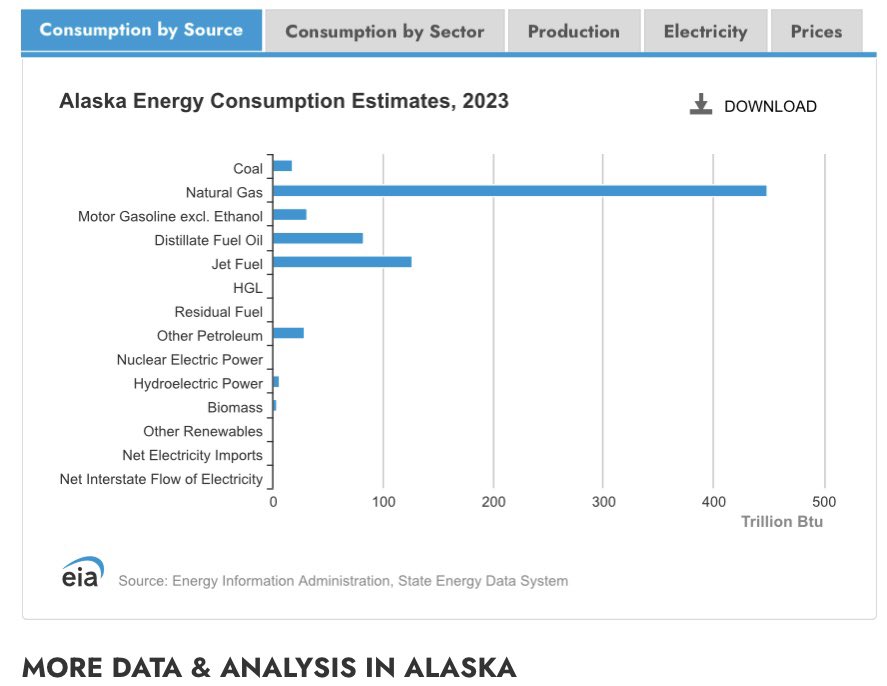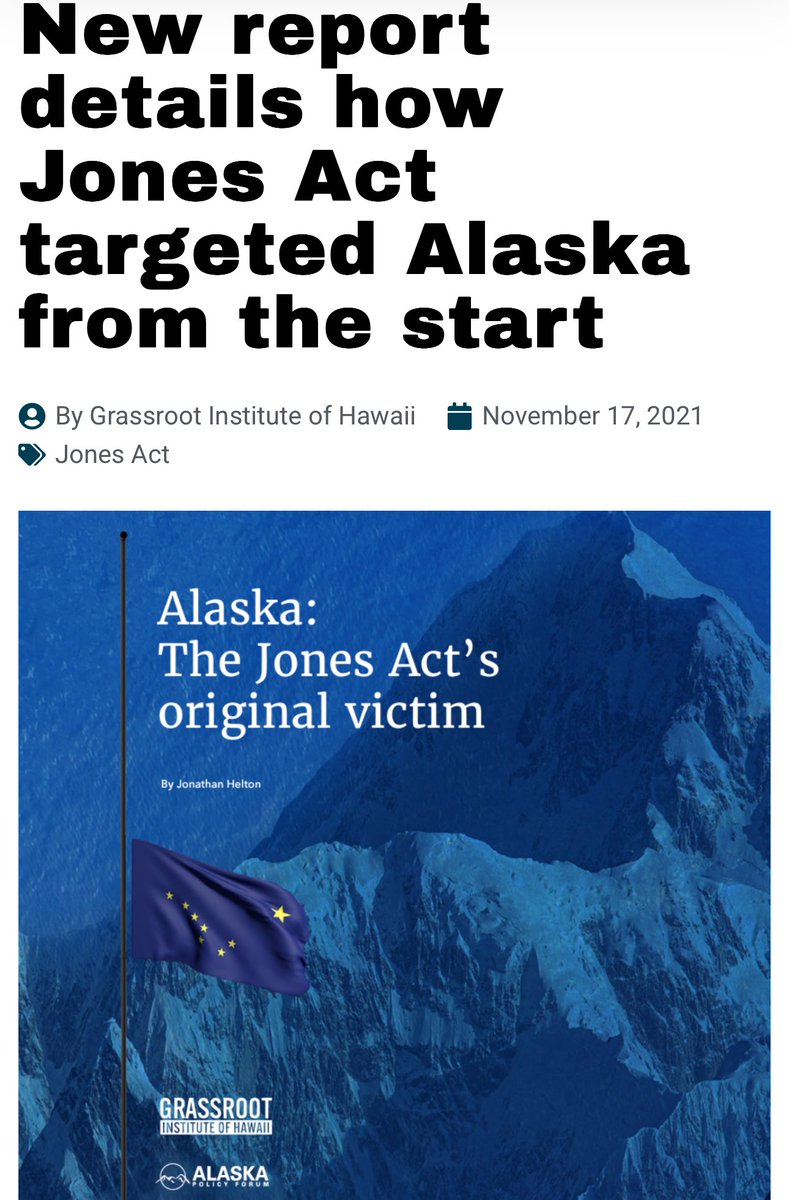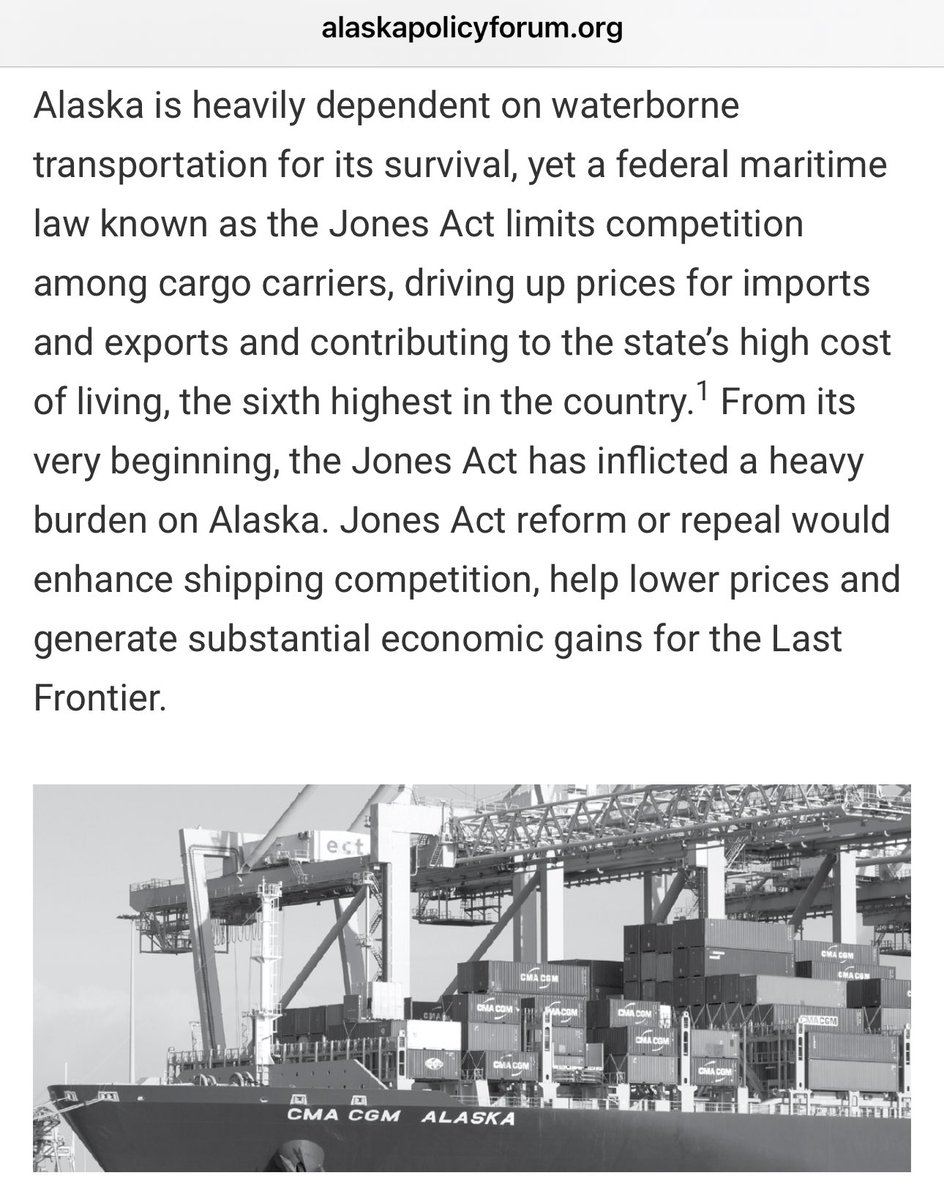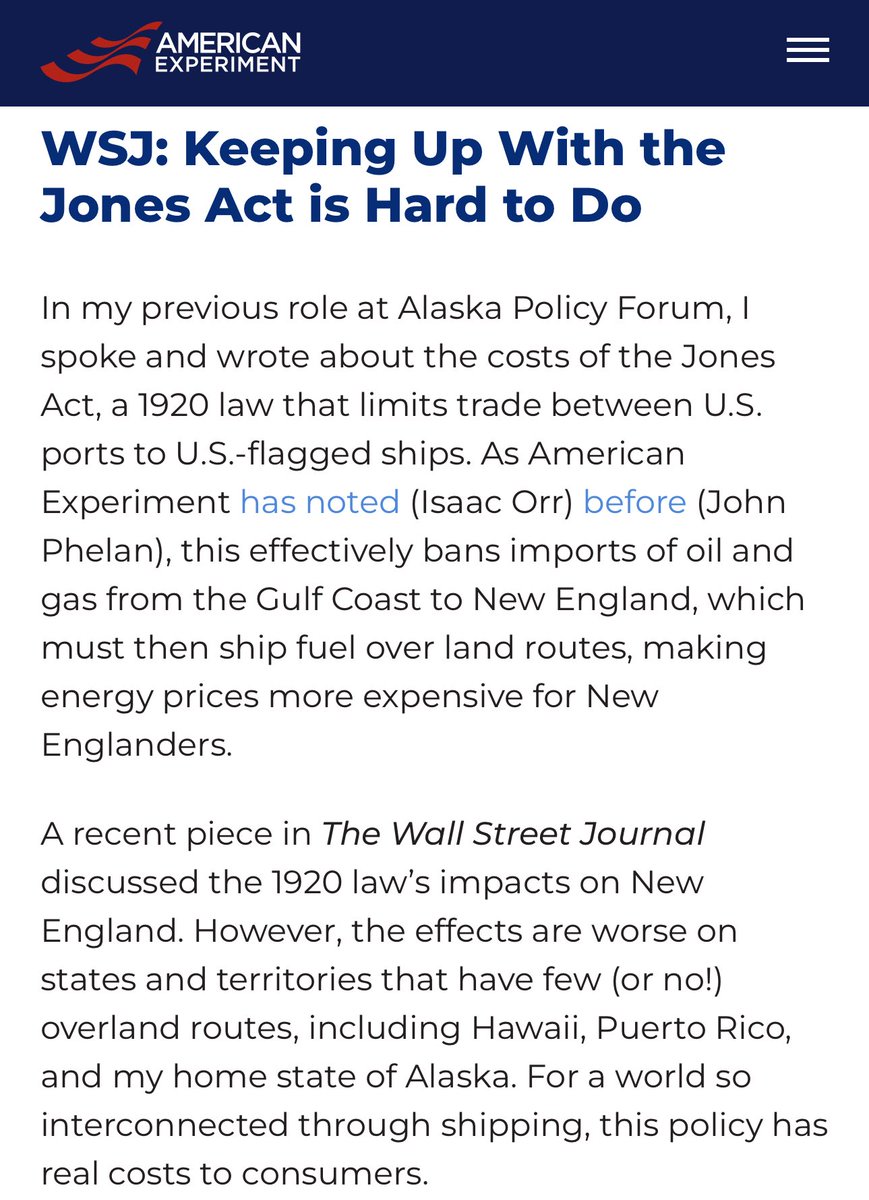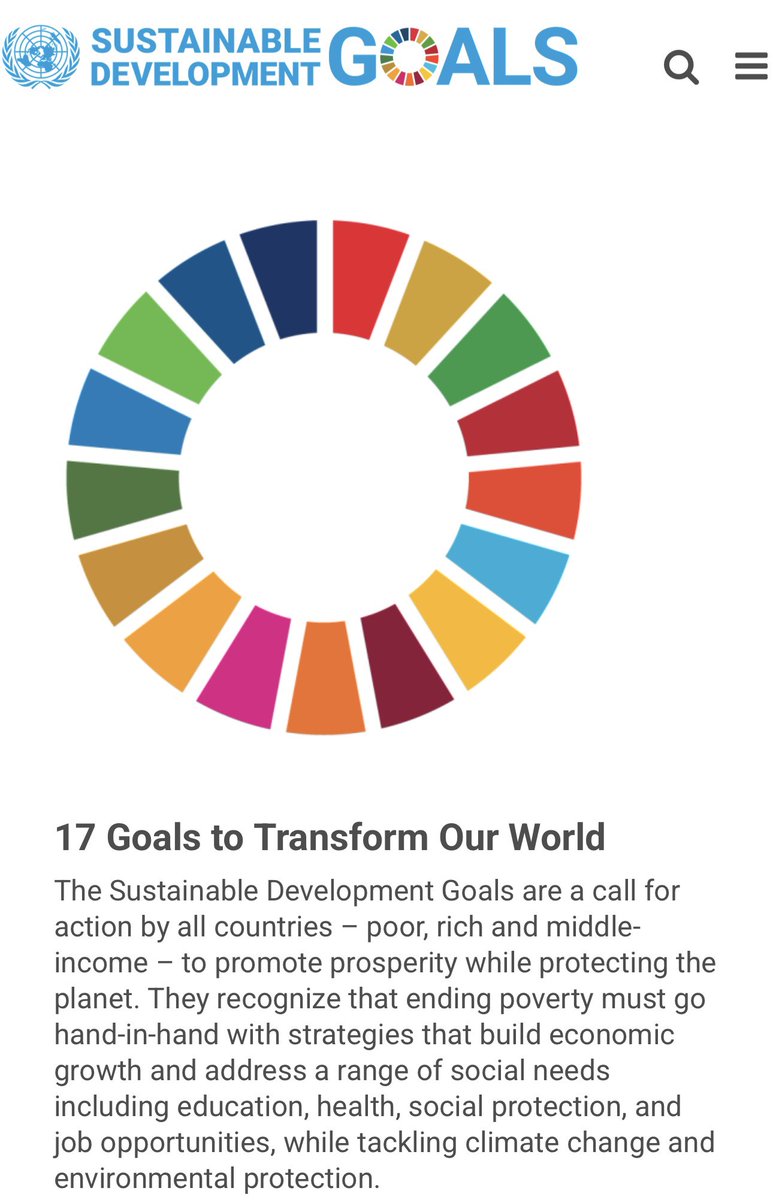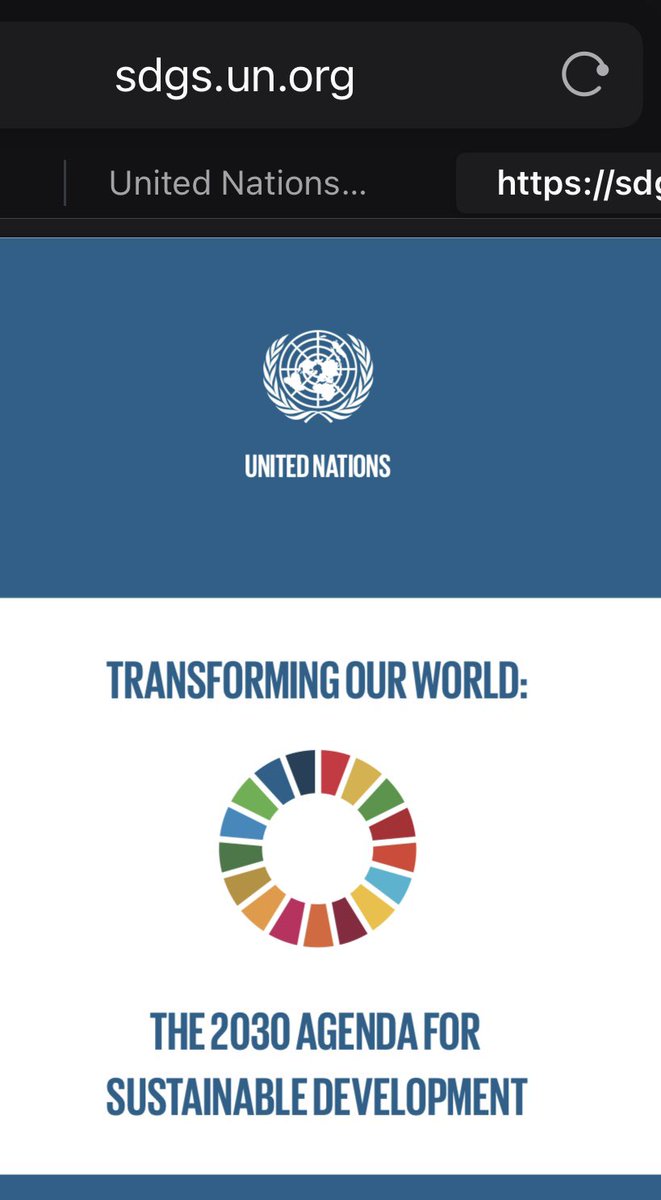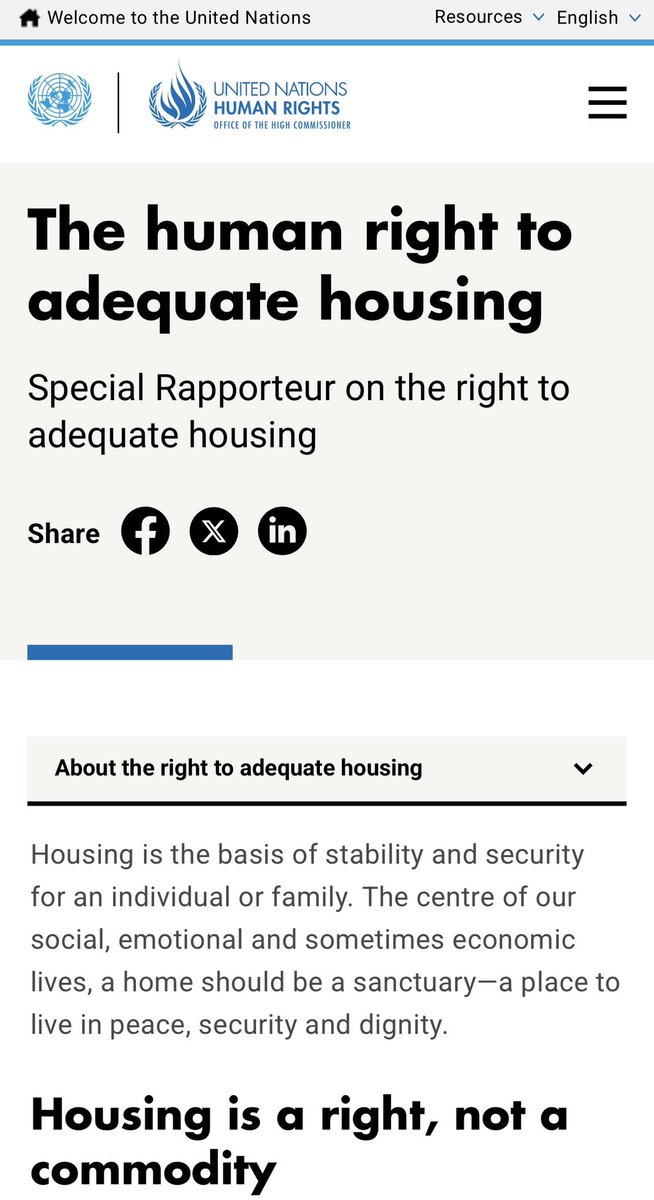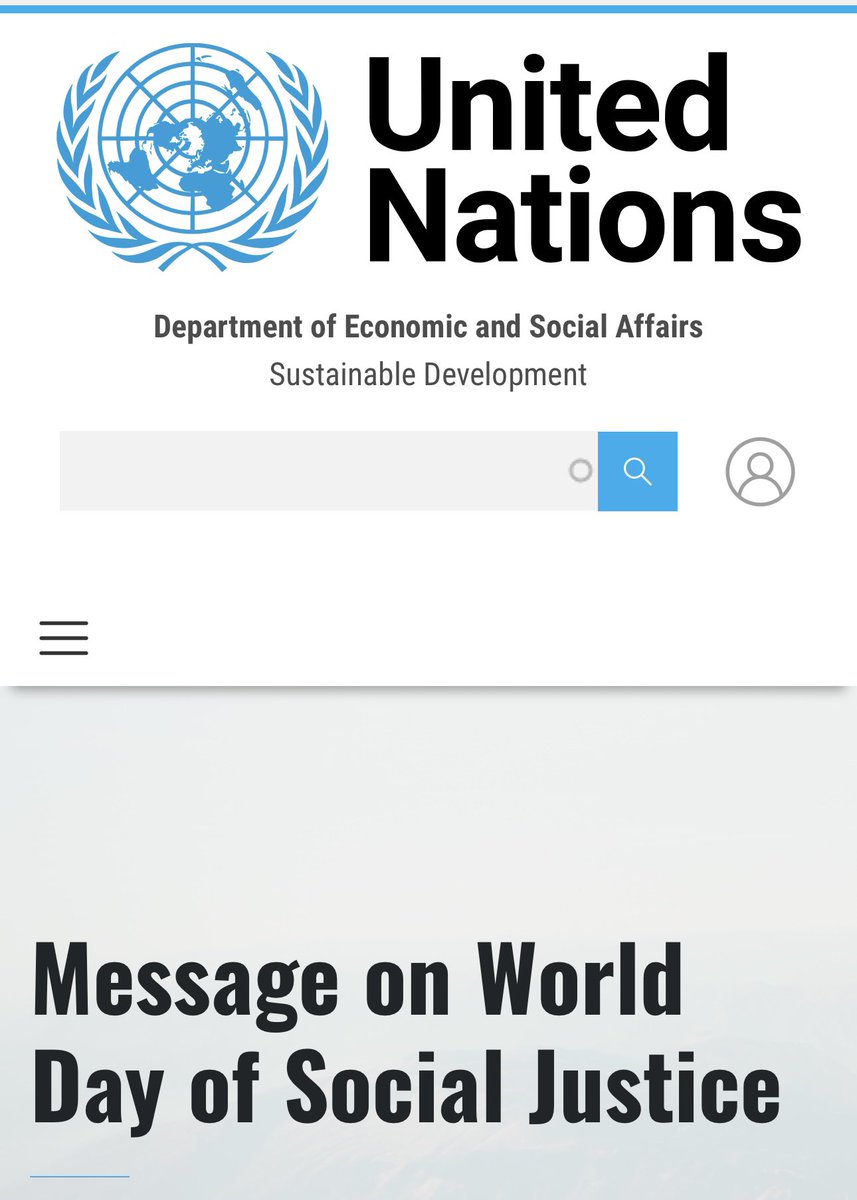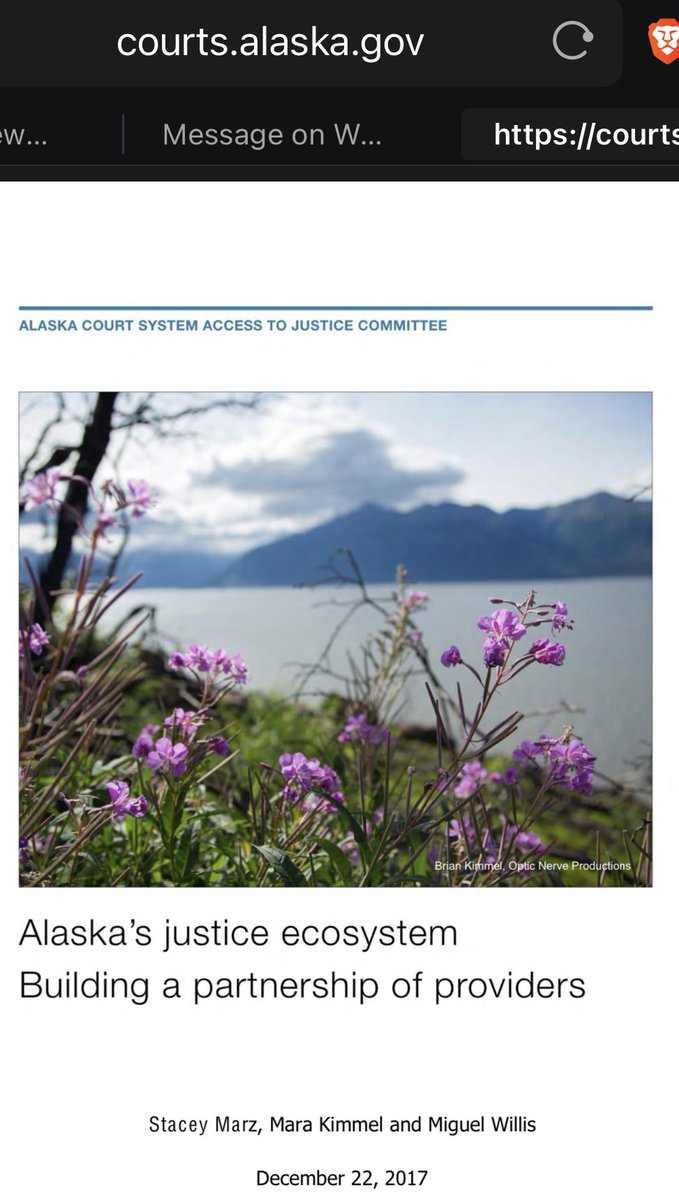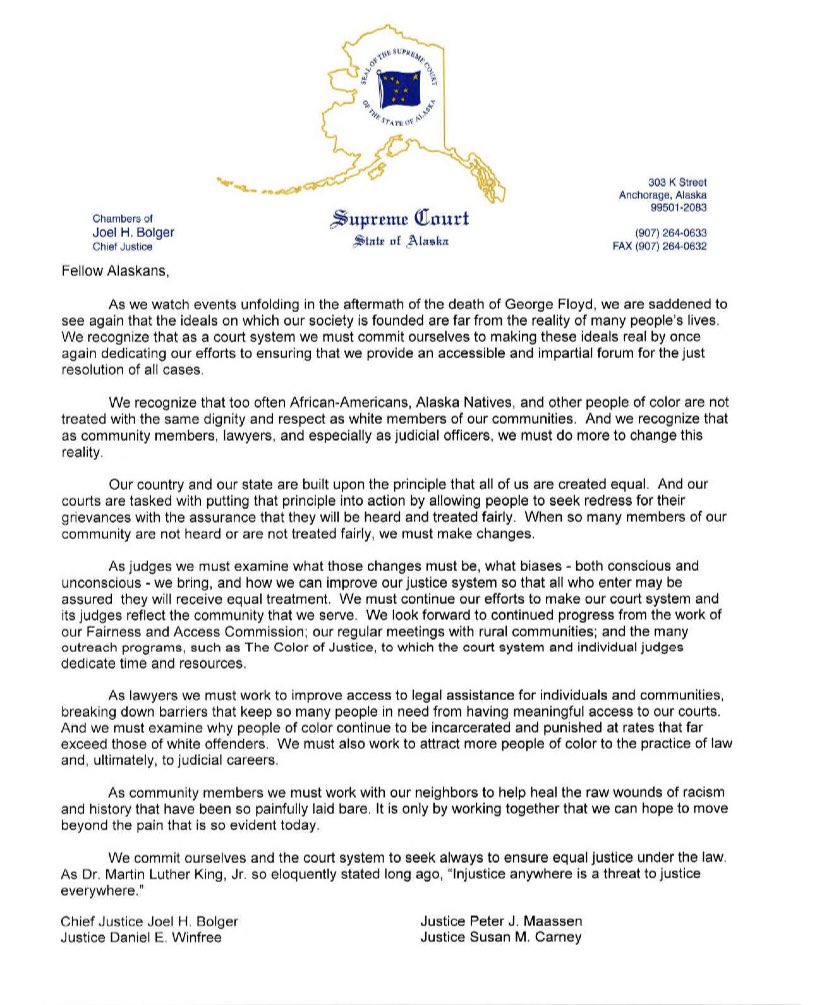1/🧵
After decades of being labeled “deniers,” climate realists just dropped a bombshell💥
DOE’s July report shreds the alarmist playbook.
CO2 warming❓
Less damaging than hyped. U.S. policies❓
Symbolic theater with zero global impact for centuries.
Time to celebrate facts over fear❓#ClimateRealism



After decades of being labeled “deniers,” climate realists just dropped a bombshell💥
DOE’s July report shreds the alarmist playbook.
CO2 warming❓
Less damaging than hyped. U.S. policies❓
Symbolic theater with zero global impact for centuries.
Time to celebrate facts over fear❓#ClimateRealism
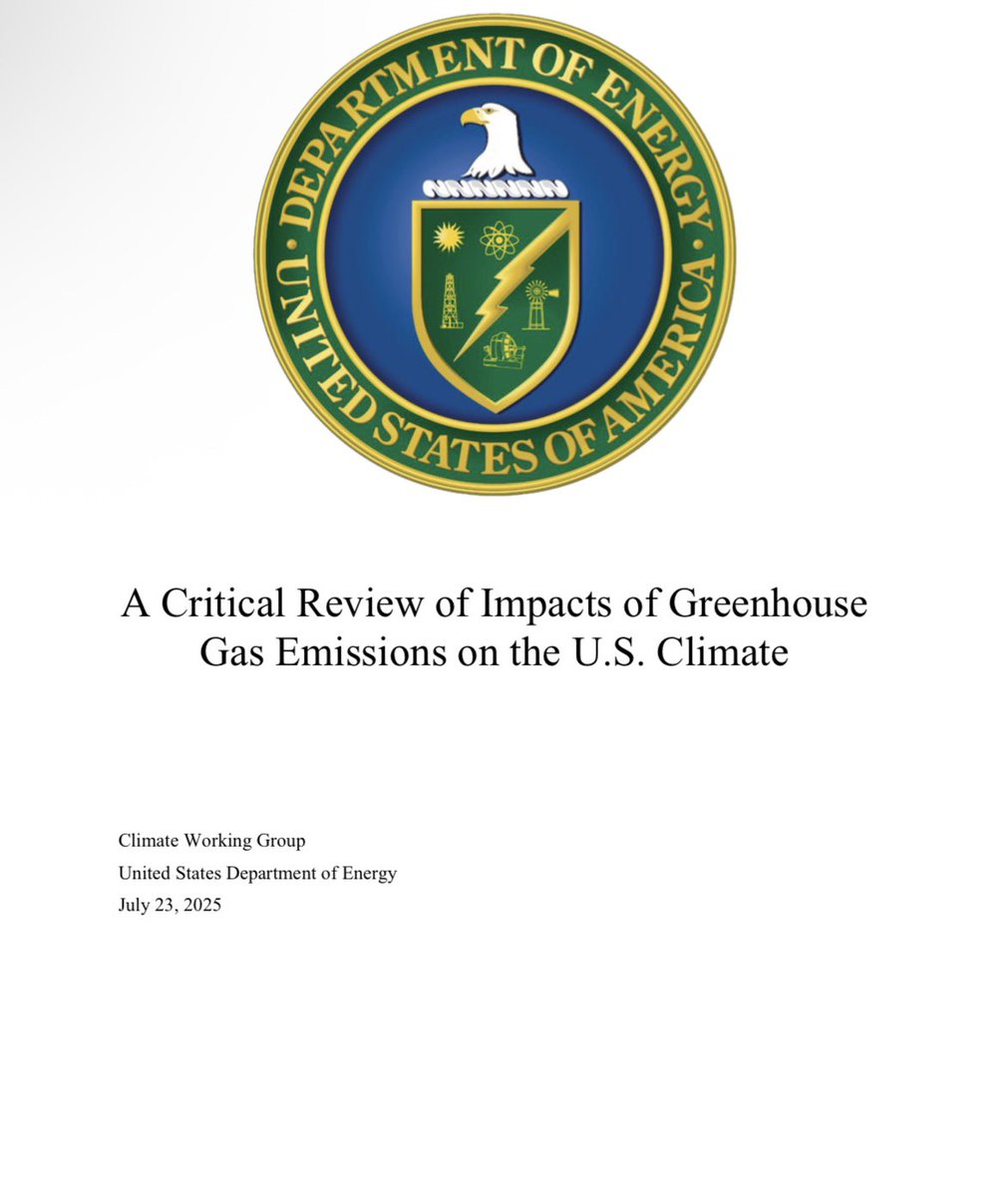
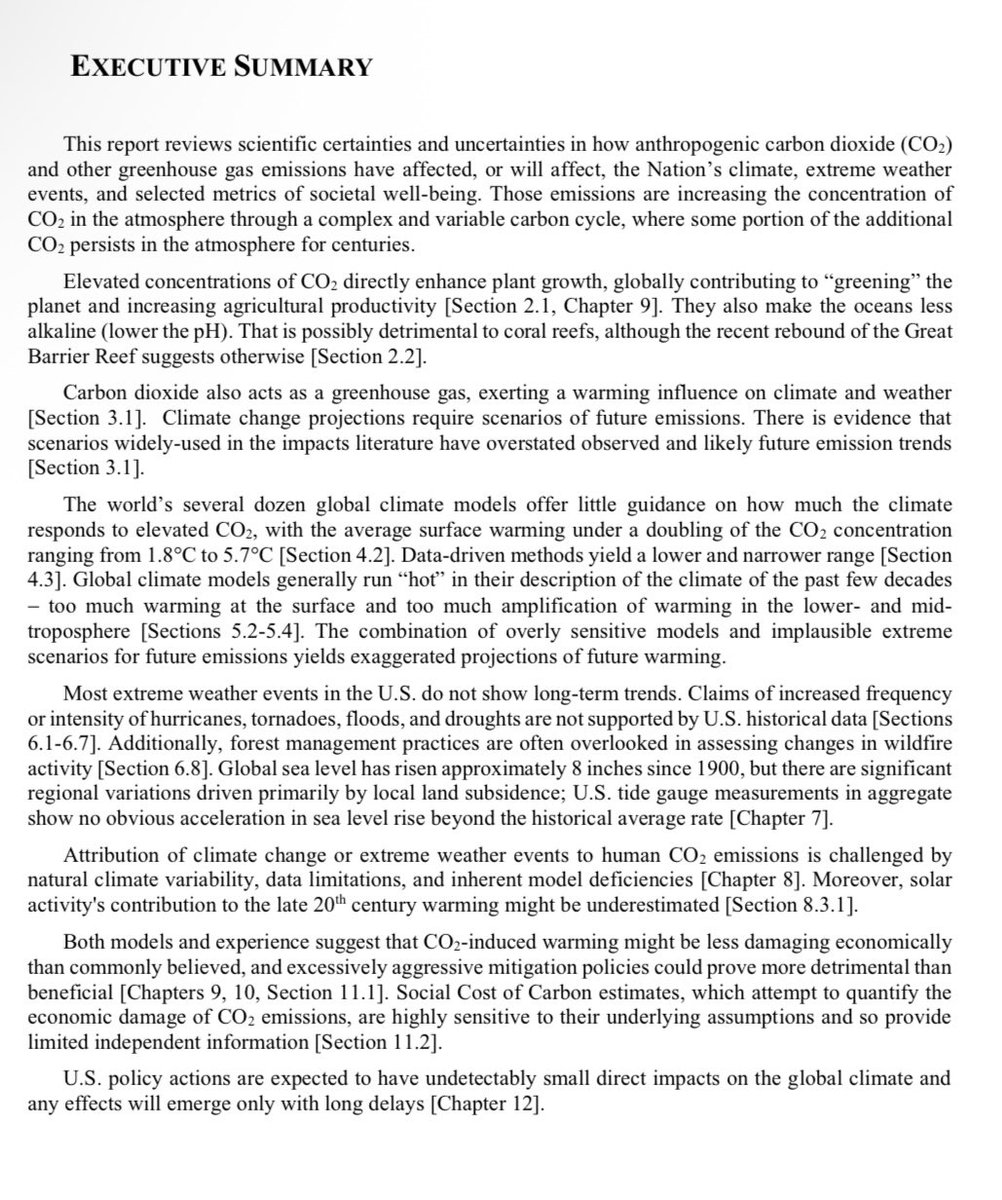
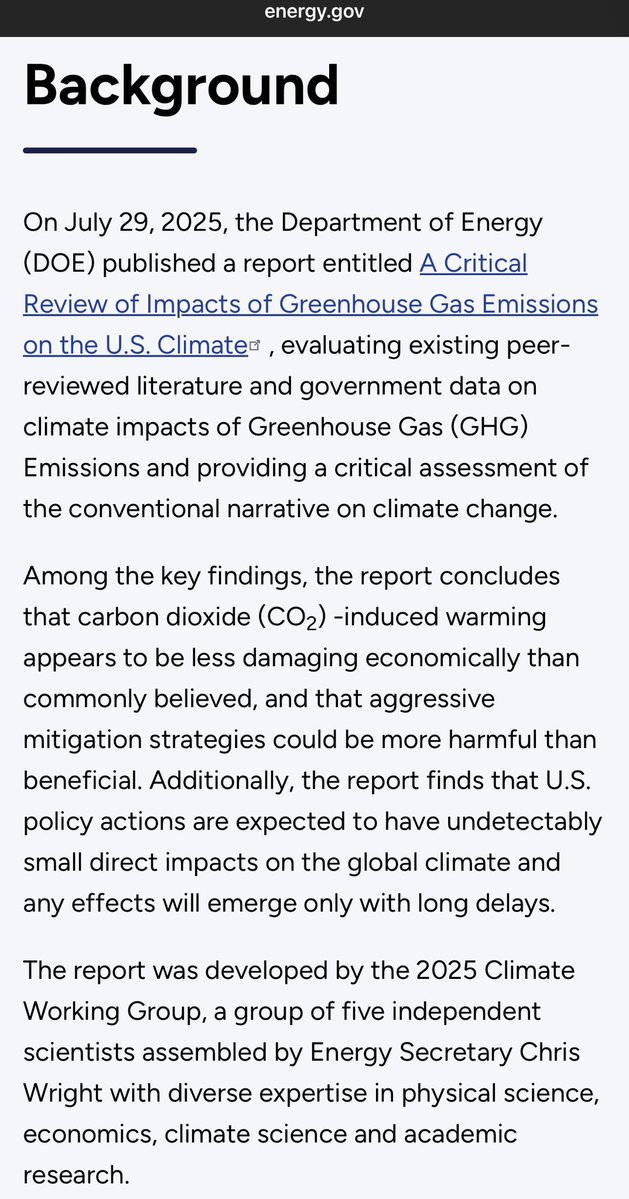

2/🧵
Meet the dream team🤩Christy, Curry, Koonin, McKitrick, Spencer 💯 real scientists with creds in physics, econ, atmos research.
They say elevated CO2 is greening Earth, boosting crops, extending seasons, fighting drought.
Satellite data screams it 🤔Planet’s thriving!
Why ignore the upsides❓🌿🤔



Meet the dream team🤩Christy, Curry, Koonin, McKitrick, Spencer 💯 real scientists with creds in physics, econ, atmos research.
They say elevated CO2 is greening Earth, boosting crops, extending seasons, fighting drought.
Satellite data screams it 🤔Planet’s thriving!
Why ignore the upsides❓🌿🤔




3/🧵
Myths busted 🛑
No U.S. spike in hurricanes, tornadoes, floods, droughts from emissions and history proves it.
Ocean “acidification❓
Overblown, corals rebound naturally.
Climate models❓
They overhype warming on junk scenarios.
When will we demand real data over doomsday headlines❓



Myths busted 🛑
No U.S. spike in hurricanes, tornadoes, floods, droughts from emissions and history proves it.
Ocean “acidification❓
Overblown, corals rebound naturally.
Climate models❓
They overhype warming on junk scenarios.
When will we demand real data over doomsday headlines❓
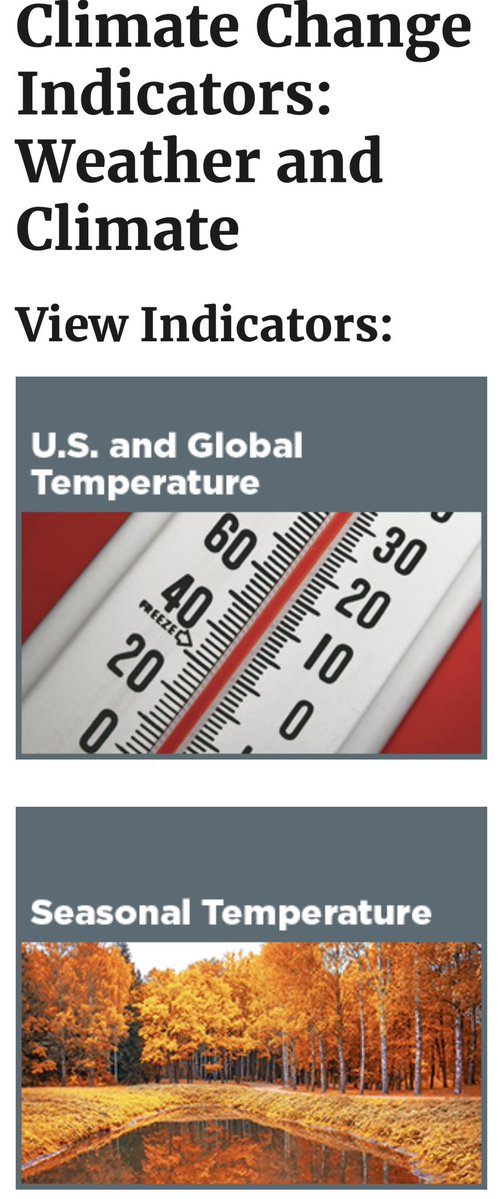
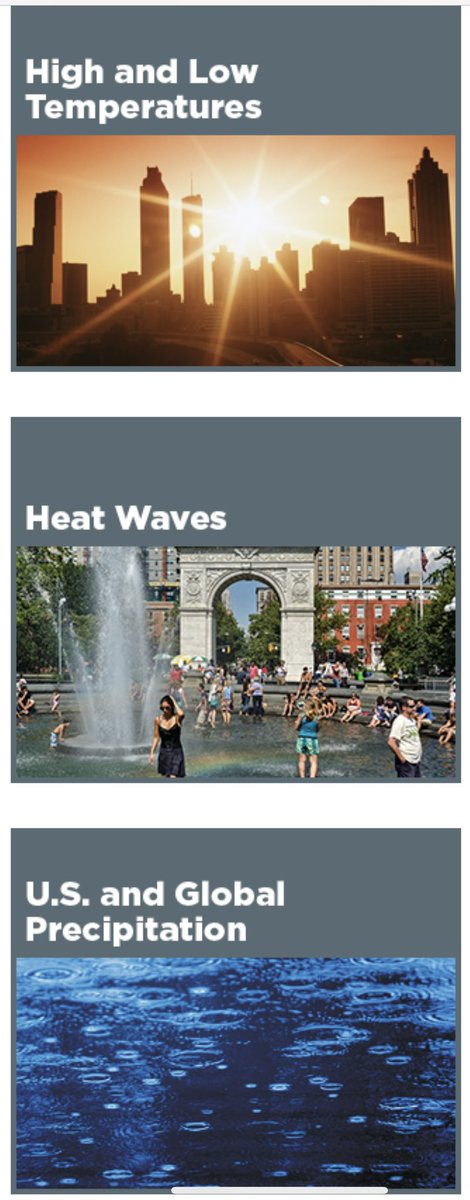
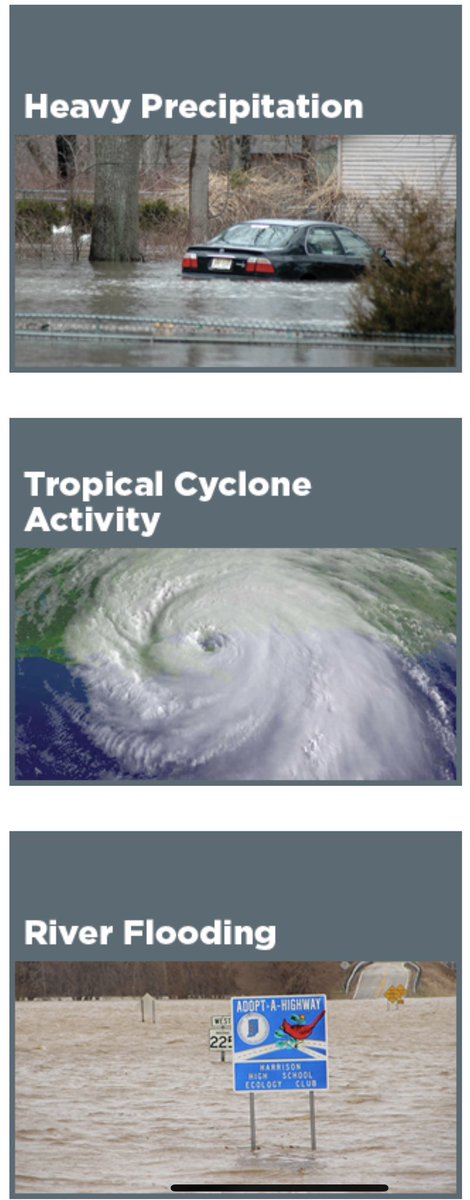

4/🧵
Social cost of carbon❓
Built on false assumptions ignoring deindustrialization, energy poverty, jobs lost to China/India’s emission boom. Germany’s Energiewende flop⚡️Sky-high prices, more coal, stalled industry.
Are we repeating their “virtue” regression❓
Wake up‼️



Social cost of carbon❓
Built on false assumptions ignoring deindustrialization, energy poverty, jobs lost to China/India’s emission boom. Germany’s Energiewende flop⚡️Sky-high prices, more coal, stalled industry.
Are we repeating their “virtue” regression❓
Wake up‼️
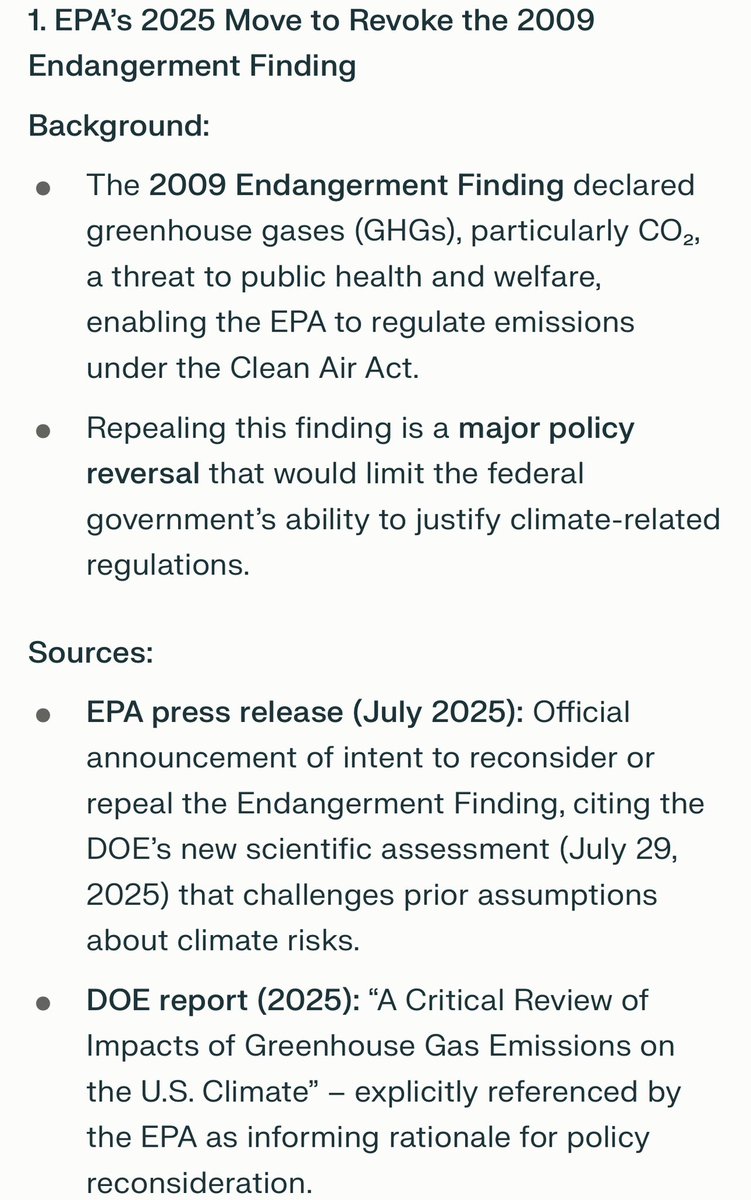


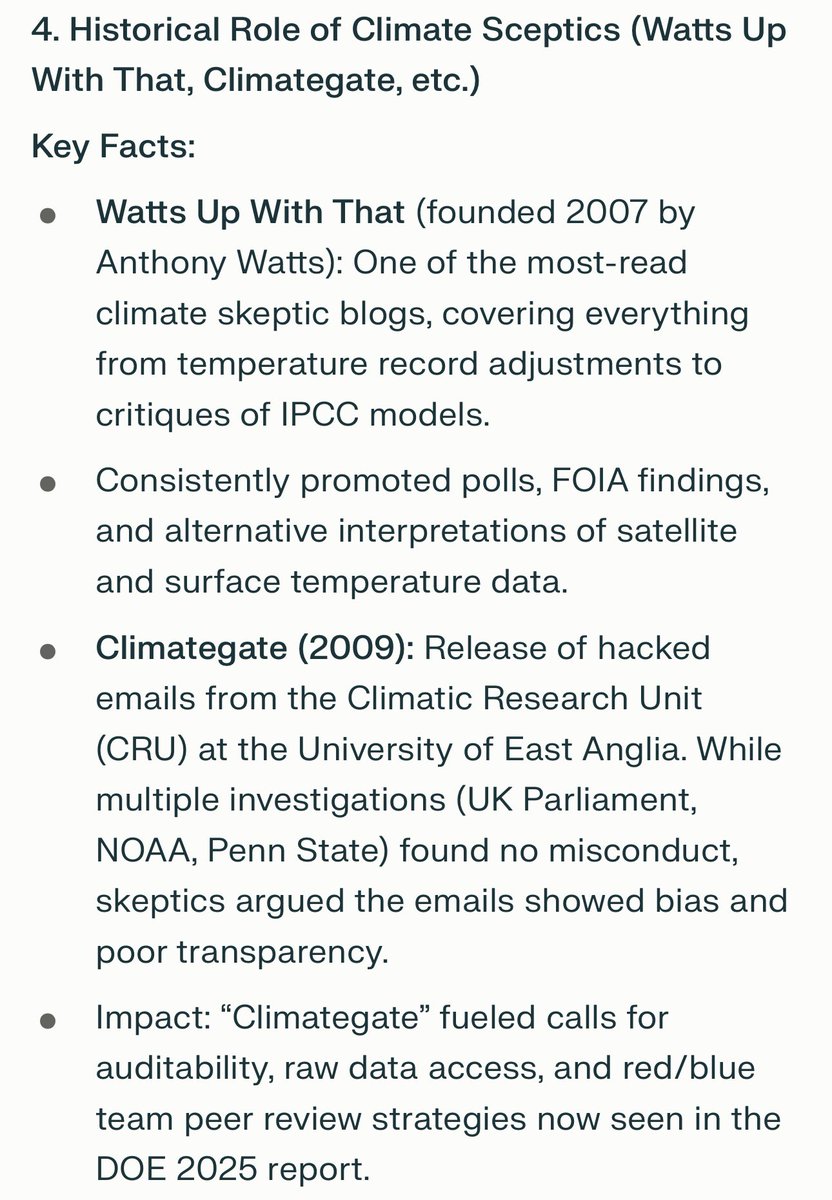
5/🧵
EPA repealing 2009 Endangerment Finding❓
Vindication! 🤙💯 Victory!
That rule fueled regs, subsidies for unreliable renewables at insane costs.
CO2 isn’t poison, it’s plant food.
We’ve said it for years!!! Now it’s time for policy catches up.
Thanks to @wattsupwiththat @AndrewsKD49 @bravenewak and other #ClimateRealist battling 25 yrs of smears.👏👏👏👏



EPA repealing 2009 Endangerment Finding❓
Vindication! 🤙💯 Victory!
That rule fueled regs, subsidies for unreliable renewables at insane costs.
CO2 isn’t poison, it’s plant food.
We’ve said it for years!!! Now it’s time for policy catches up.
Thanks to @wattsupwiththat @AndrewsKD49 @bravenewak and other #ClimateRealist battling 25 yrs of smears.👏👏👏👏
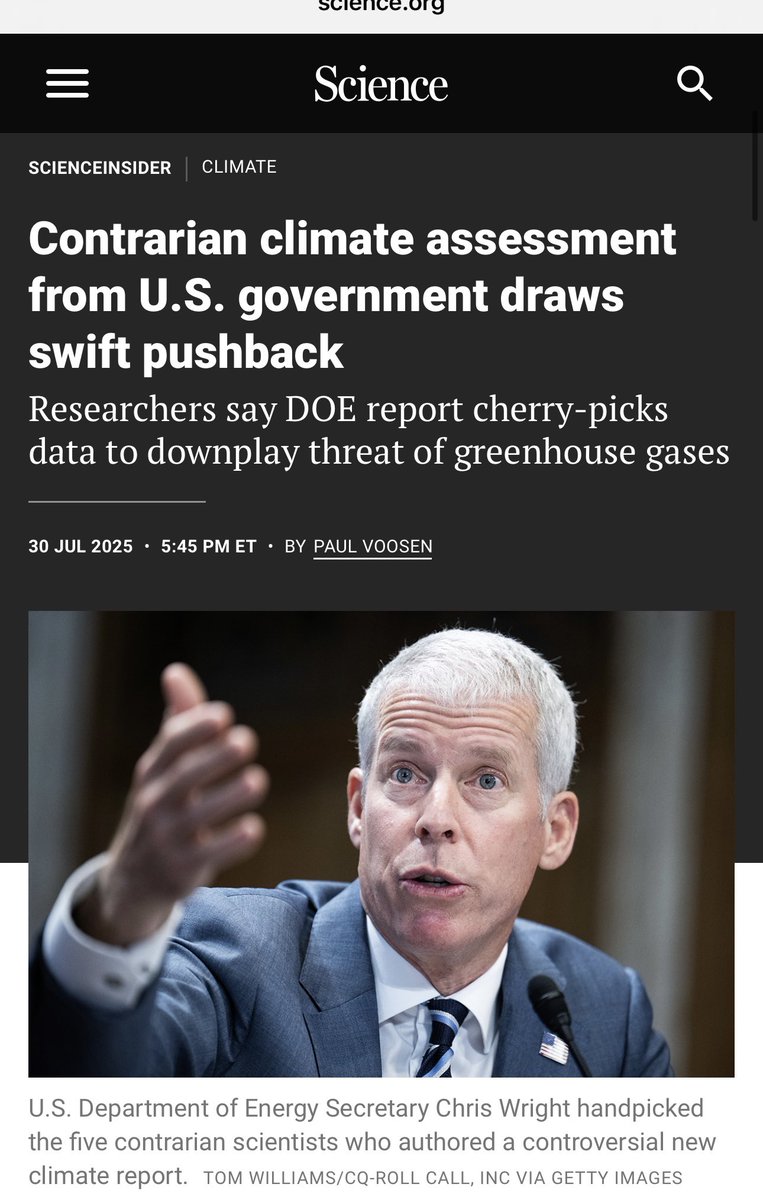
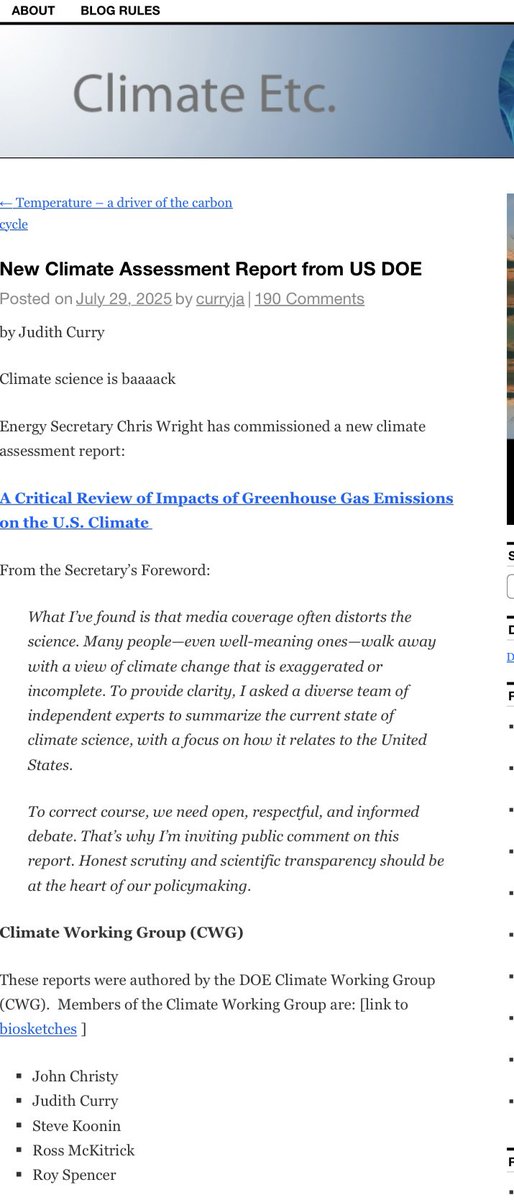
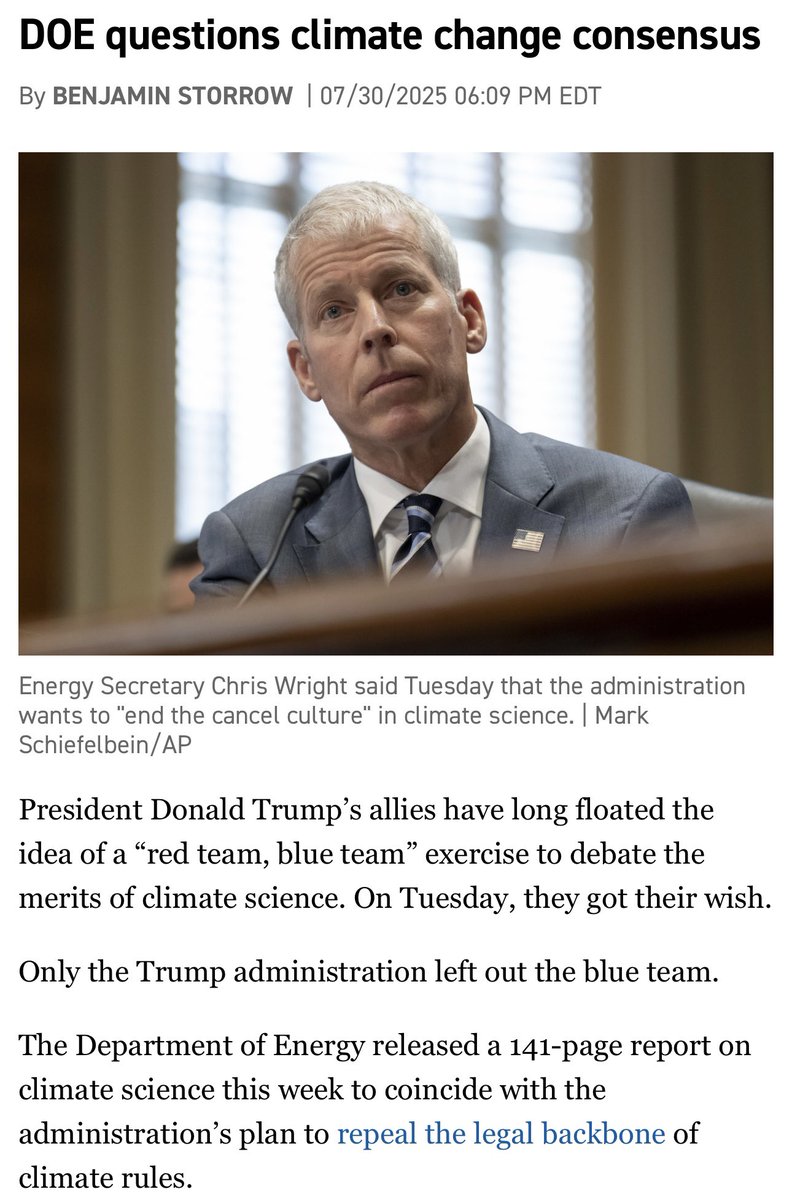
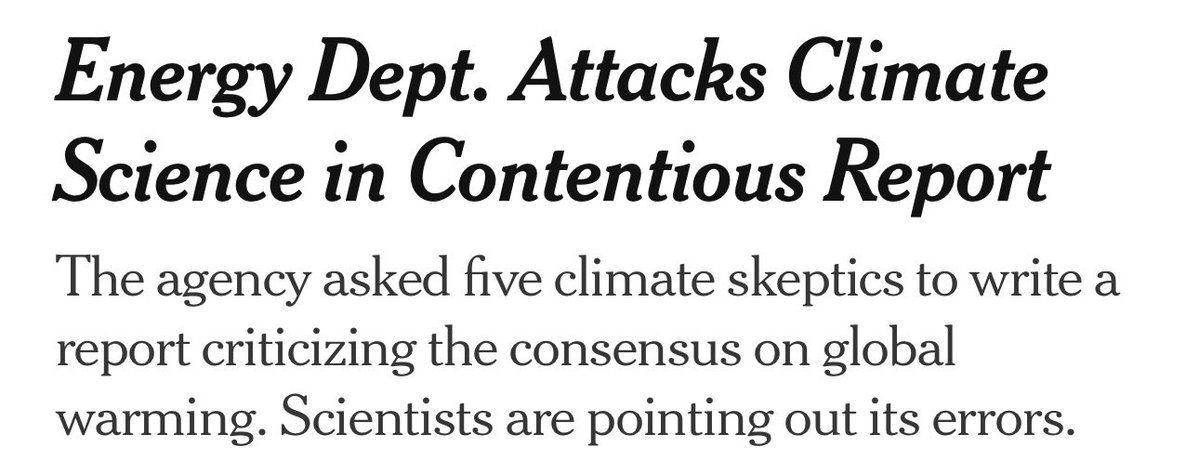
6/🧵
Climategate exposed data tweaks, suppressed dissent, yet skeptics persisted. Model failures, “hockey stick” flops, sensitivity overestimates:
All vindicated🏆🙌
Are realists finally can take a breath but with serious contendersDOE under Wright backs Trump’s energy dominance.
No more performative BS.



Climategate exposed data tweaks, suppressed dissent, yet skeptics persisted. Model failures, “hockey stick” flops, sensitivity overestimates:
All vindicated🏆🙌
Are realists finally can take a breath but with serious contendersDOE under Wright backs Trump’s energy dominance.
No more performative BS.
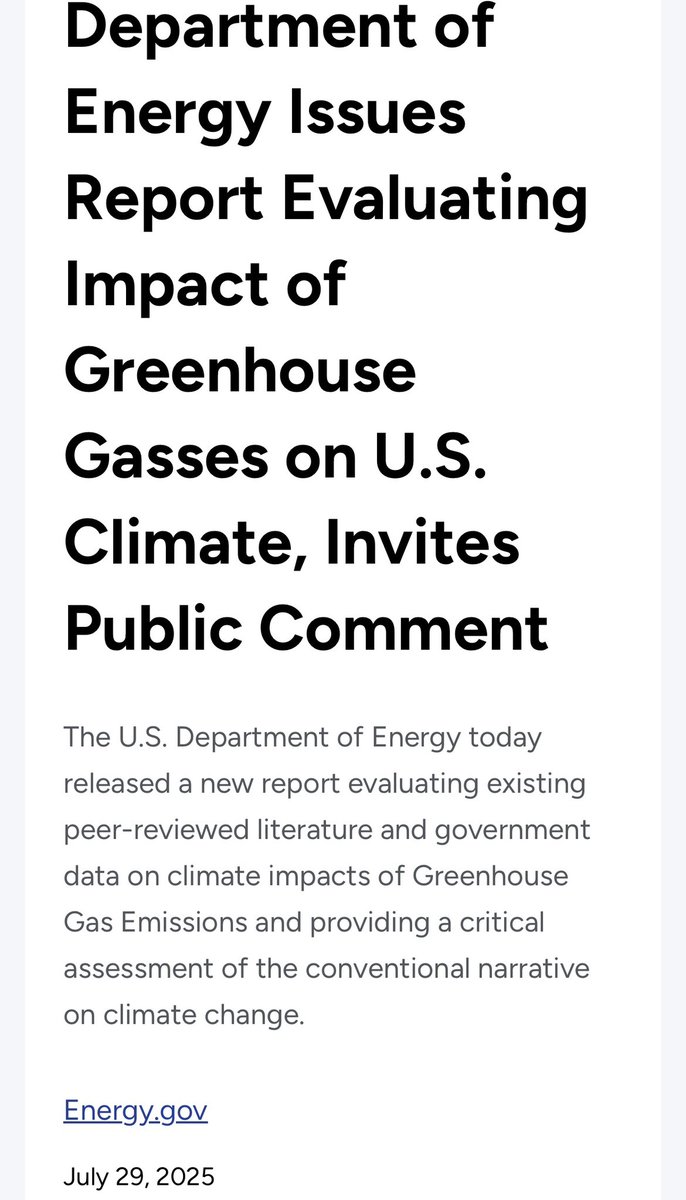
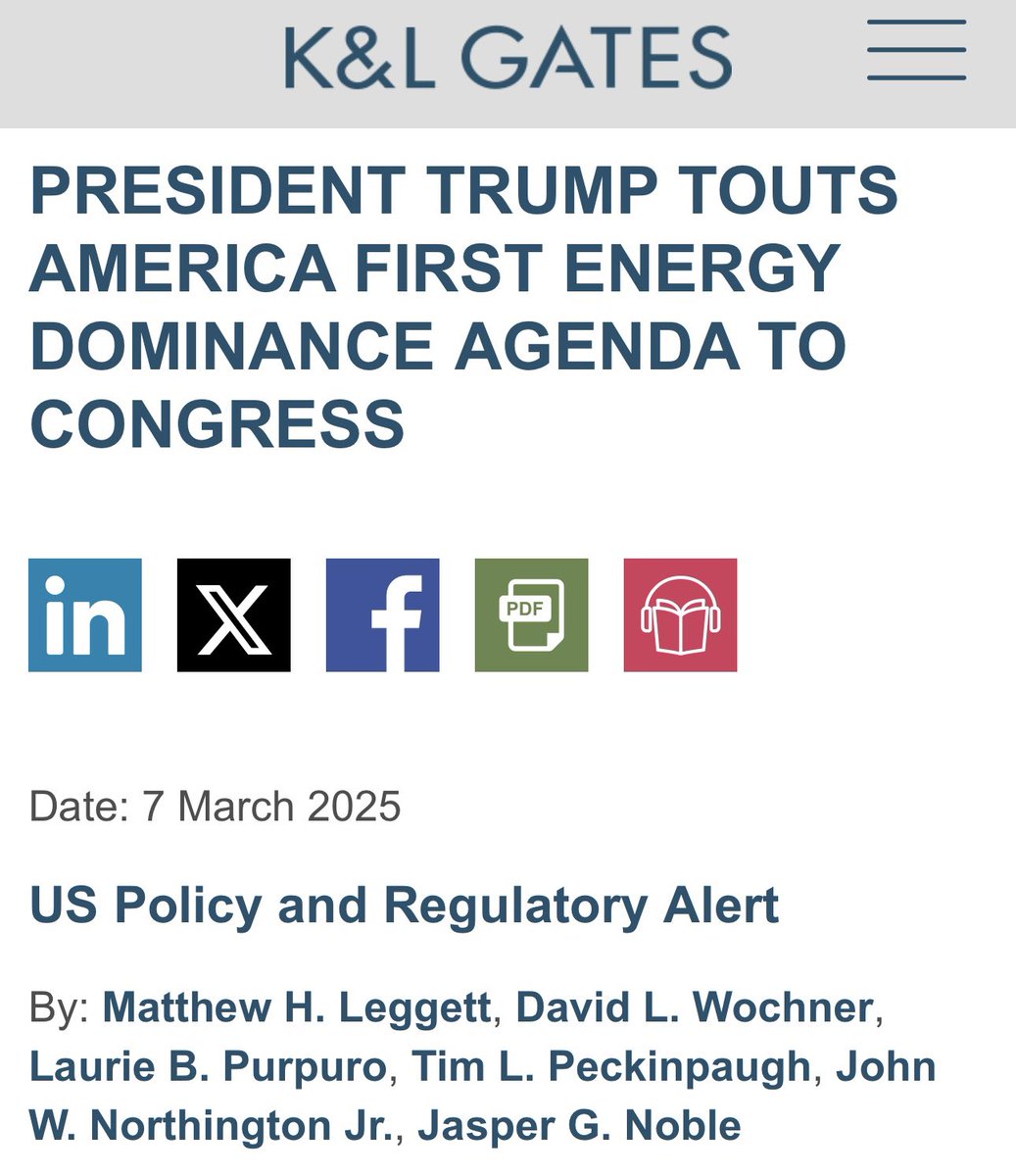
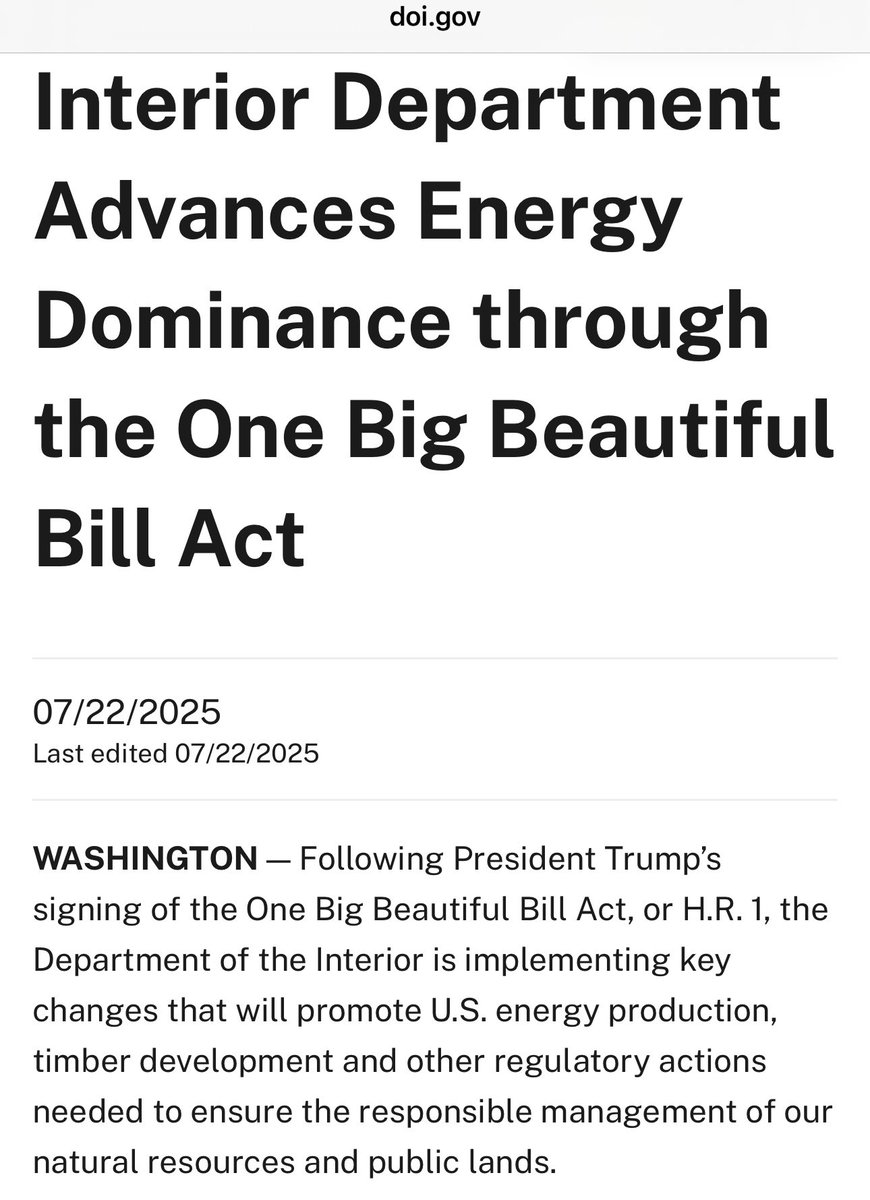

7/🧵
Fix the mess🧑🏫👩🔬👨🔧👨🏭
Ditch trillions in green or any energy subsidies based on fake science.
Embrace nuclear, gas, innovation for affordable energy lifting poverty.
China’s coal surge laughs at our sacrifices.
Why bankrupt ourselves for undetectable climate tweaks❓
Humility over hysteria!



Fix the mess🧑🏫👩🔬👨🔧👨🏭
Ditch trillions in green or any energy subsidies based on fake science.
Embrace nuclear, gas, innovation for affordable energy lifting poverty.
China’s coal surge laughs at our sacrifices.
Why bankrupt ourselves for undetectable climate tweaks❓
Humility over hysteria!




8/🧵
This win’s sweet, but is it fast enough❓
Alarmists regroup with suppression tactics.
Accelerate 🏎️Build on adaptation, cost-benefits, real tech.
💯Truth fears no scrutiny, let’s prove it.
Climate’s complex ✅ policies must match. Join the realist revolution! 🔥 #EndTheAlarmism

This win’s sweet, but is it fast enough❓
Alarmists regroup with suppression tactics.
Accelerate 🏎️Build on adaptation, cost-benefits, real tech.
💯Truth fears no scrutiny, let’s prove it.
Climate’s complex ✅ policies must match. Join the realist revolution! 🔥 #EndTheAlarmism


• • •
Missing some Tweet in this thread? You can try to
force a refresh







